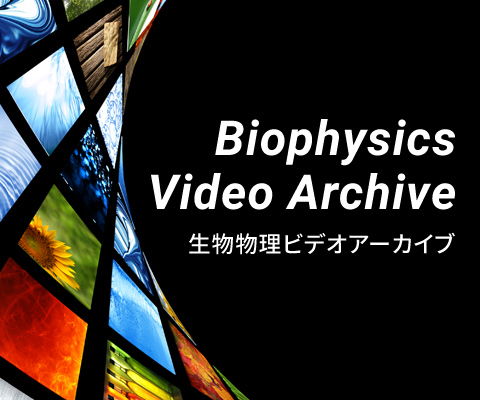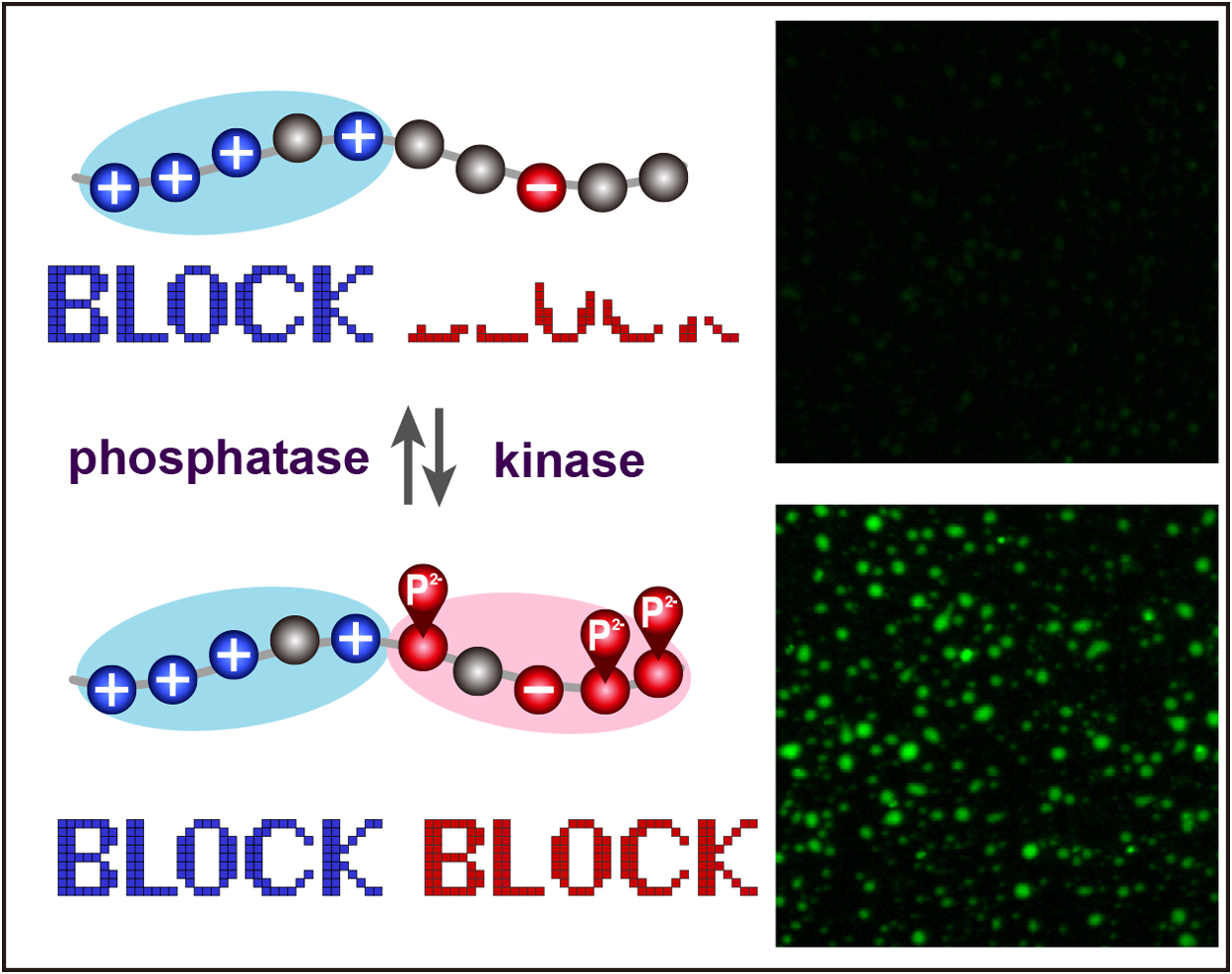1
"Charge block-driven liquid-liquid phase separation: A mechanism of how phosphorylation regulates phase behavior of disordered proteins" by Hisashi Shimamura, Hiroya Yamazaki, Shige H. Yoshimura is published in BPPB as the J-STAGE Advance Publication.
2024 March 28 BPPB
A following article is published as the J-STAGE Advance Publication in "Biophysics and Physicobiology".
Hisashi Shimamura, Hiroya Yamazaki, Shige H. Yoshimura
"Charge block-driven liquid-liquid phase separation: A mechanism of how phosphorylation regulates phase behavior of disordered proteins"
URL:https://doi.org/10.2142/biophysico.bppb-v21.0012
- Abstract
- Phosphorylation regulates protein function by modulating stereospecific interactions between protein-protein or enzyme-ligand. On the other hand, many bioinformatics studies have demonstrated that phosphorylation preferably occurs in intrinsically disordered regions (IDRs), which do not have any secondary and tertiary structures. Although studies have demonstrated that phosphorylation changes the phase behavior of IDRs, the mechanism, which is distinct from the “stereospecific” effect, had not been elucidated. Here, we describe how phosphorylation in IDRs regulates the protein function by modulating phase behavior. Mitotic phosphorylation in the IDRs of Ki-67 and NPM1 promotes or suppresses liquid-liquid phase separation, respectively, by altering the “charge blockiness” along the polypeptide chain. The phosphorylation-mediated regulation of liquid-liquid phase separation by enhancing or suppressing "charge blockiness," rather than by modulating stereospecific interactions, may provide one of the general mechanisms of protein regulation by posttranslational modifications and the role of multiple phosphorylations.





